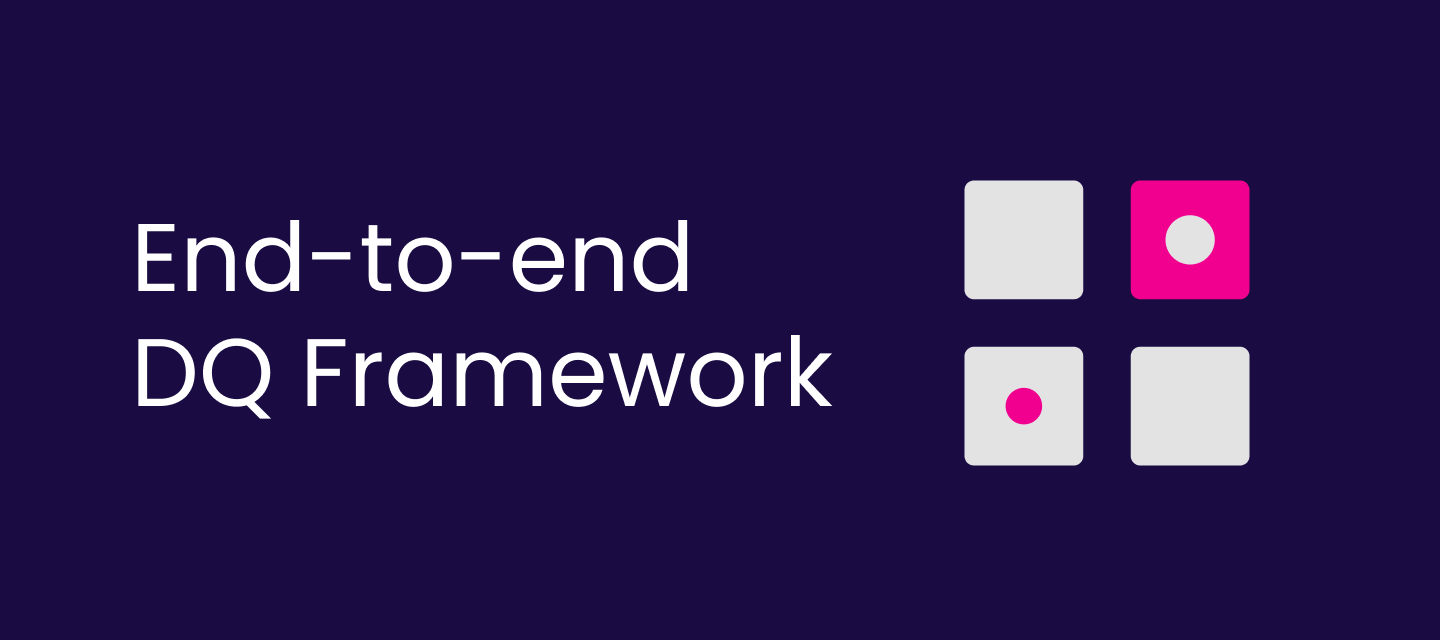Hi everyone,
Ready for the second part of our end-to-end DQ guide? Monitoring DQ is essential for building trust in your data assets.
This post explores how data profiling, observability, and automated monitoring help organizations detect and address data quality issues in real-time, ensuring data remains accurate, complete, and reliable.
Before starting, missed the first post? Check it out here 👇
Once your data is documented, the next step is understanding its quality. Without proper monitoring, data issues can go unnoticed, leading to poor decision-making. Data profiling helps by analyzing patterns, completeness, and accuracy, while data observability provides real-time monitoring to detect anomalies before they cause harm.
A data quality monitoring system tracks key dimensions such as validity, completeness, and consistency, helping organizations demonstrate progress and ROI. Automate this process, detecting unexpected changes and flagging them for review.
By continuously assessing data quality, organizations can build confidence in their data assets and reduce the risk of bad data entering critical workflows. But monitoring alone isn’t enough—data quality efforts must lead to real action.
What are some of the biggest challenges you face in maintaining high-quality trusted data?
➡️ Let’s discuss in the comments what are some helpful tactics for automation, monitoring, and profiling!


